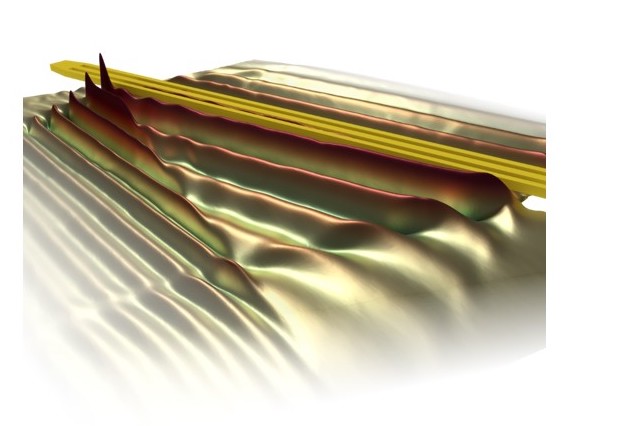The general subject of this research line is the study and the exploitation of the charge carriers spin in solid-state devices and of its associated magnetic moment, along with electric charge.
The spin-orbit interaction couples the momentum of the charge carriers, and therefore the electrical current, to the carrier spin. Spintronics makes use of such electron and/or hole spin degree of freedom to implement electronic devices and functionalities that cannot be achieved by the electron charge alone. As the dimensions are reduced, spin dependent transport is predicted to interplay with quantum and/or single electron effects. This is the case, for example, of ferromagnetic and ferroelectric thin films (including multiferroic oxide heterostructures) which are synthesized and investigated at IOM, with particular attention to aspects such as magnetoelectric coupling, exchange bias, proximity effect, and magnetic anisotropies. Furthermore, 2D systems forming in insulating transition metal oxides are modeled at IOM as candidates for electric field effect devices.

Observation of Snell’s law for magnetostatic spin waves in thin ferromagnetic Permalloy films

Local control of the spin wave excitation and propagation in reconfigurable magnetic tracks patterned with thermally assisted magnetic scanning probe lithography
The spin transfer in structures containing magnetic materials (such as magnetic metals and dielectrics) may take place through spin waves, or magnons. The exploitation of such phenomena is at the base of a specific discipline termed magnonics, which investigates the properties of propagating spin waves in magnetic micro/nanostructures and low-D systems, and the possibility of exploiting them in devices for applications such as data processing, communications and storage. One of the goals at IOM is the active manipulation of spin waves for the for the development of such magnon-based technologies, through magneto-optical experiments and simulations.